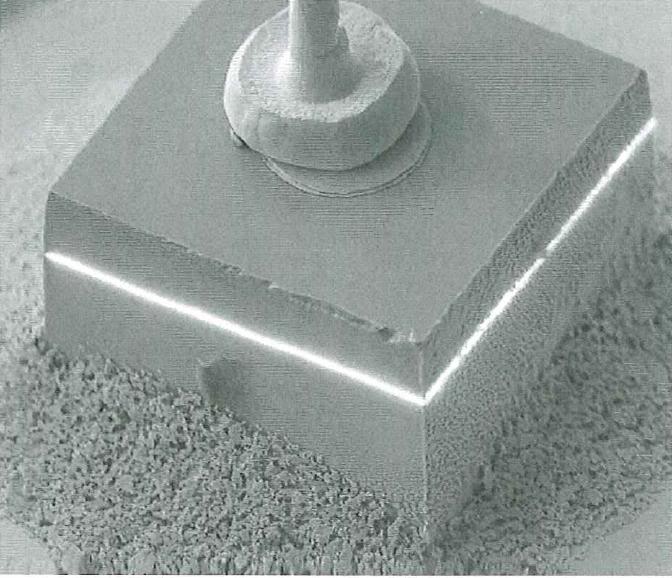First off, a LED isn't a "bulb", it's a discrete semidonductor device (LED = Light Emitting Diode). In simple terms, they are a "microchip". When the LED is biased, it causes the P-N junction in the chip to emit light of a given wavelength, depending on how the junction is doped and the material used for the chip itself.
Just for fun, here's an SEM photo of an actual LED chip under bias using a technique known as EBIC (Electron Beam Induced Current). The white line shows the operating junction:

That being said, like other types of lighting they're rated in Watts. Most of the small LED's are 500 mW, but there are brighter devices that are rated at 1W and 3W (there are even higher rated LED's, but they have a pretty short life). A typical 500 mW LED can be expected to run a good 50,000 hrs.
If you buy pre-made moonlights, they will come with the proper power supply.
Most moonlights use 500 mW LED's and that's plenty bright. I prefer blue LED's (about 470 nm) personally. For instance, my DIY moonlights on our 60 gal uses 4 blue 500 mW LED's evenly spaced across the tank and that's plenty bright. I leave them on 24/7 because they draw little power, altho I do run a dawn/dusk setup using actinics and 10k as the main lighting.
HTH

